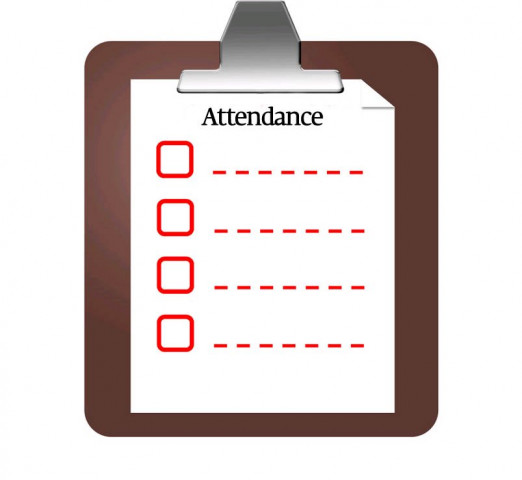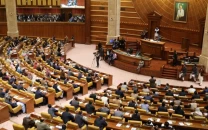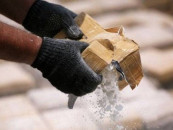Report card: Punjab school attendance indicators ‘stagnant’
ASER report says learning levels of private sector better.

ASER report says learning levels of private sector better.PHOTO:FILE
The Punjab has failed to control the number of out of school children between the ages of six and 16, the Annual Status of Education Report (ASER) 2013 says.
The report was revealed on Monday at GOR-I. It says that the out-of-school percentage in the province currently stands at 15.7 per cent, almost exactly the same as it was in 2012.
The government had started a Jahalat Say Azadi enrolment drive back in August 2013, under which 3.5 million children were enrolled by October 2013, official figures had stated.
The ASER 2013 survey was carried out across the province. Enrolment data was collected on all age groups along with learning levels and competencies for children in the six to 16 age group.
Nearly 1,067 public schools and 729 private schools were surveyed.
Managed by the Idara-e-Taleem-o-Aagahi, the ASER survey was conducted by the National Commission for Human Development (NCHD), the Sindh Education Foundation (SEF), and the Democratic Commission for Human Development (DCHD).
Enrolment
The ASER 2013 report pointed that the out of school children (OOSC) percentage, the drop out rate and never-enrolled percentages had nearly stagnated at the previous year’s level.
In 2012, the province had an OOSC percentage of 16 per cent with a 7 per cent dropout rate and 8.6 per cent children who had never been enrolled.
The year 2013 followed the same pattern. Of the 84.3 per cent enrolled in schools in the province, 54 per cent are enrolled in government schools, the other 28 per cent are enrolled in private schools and 1.2 per cent in seminaries.
The enrolment of boys was higher in both public and private institutions; there are 59 per cent males and 41 per cent females enrolled in public schools and 57 per cent boys and 43 per cent in private schools.
In the three to five age group, an enrolment of 52.8 per cent was calculated, of which 28.4 per cent are enrolled in public schools and 23 per cent in private schools.
As many as 47.2 per cent children in this age bracket have been reported out of school.
Attendance
Private schools had a better teacher attendance (91.6 per cent) as opposed to 88.5 per cent in public schools. Student attendance was reported slightly higher in public schools (89.1 per cent) as opposed to 88 per cent in private schools.
Learning levels
The ASER survey indicates that learning levels of students in private institutions is better than those in public schools. The survey examined student learning levels for English, Urdu and mathematics on class two competencies.
Of children in class five at public schools, only 63 per cent could read a story in Urdu as compared to 71 per cent in private schools. 58 per cent students of public schools could read in English; the number stood at 70 per cent in private schools.
Teacher qualification
Government schools across the province have a greater number of teachers who possess a master’s degree as compared to teachers at private schools. 43.8 per cent of public school teachers have an MA degree and 22 per cent have masters in Education.
Missing facilities
In 2013, the survey recorded 14 per cent of primary public schools without toilets compared to 13 per cent in 2012.
In private schools, 8 per cent private primary schools remained without toilets in both 2012 and 2013.
Only 5 per cent of public primary schools did not have drinking water in 2013, a 3 per cent decline from 2012.
Similarly, 20 per cent of public primary schools were without complete boundary walls as compared to 19 per cent in 2012. The survey also stated that 43 per cent of public primary schools had playgrounds as to only 32 per cent in private primary schools in 2013.
Published in The Express Tribune, February 11th, 2014.



















COMMENTS
Comments are moderated and generally will be posted if they are on-topic and not abusive.
For more information, please see our Comments FAQ